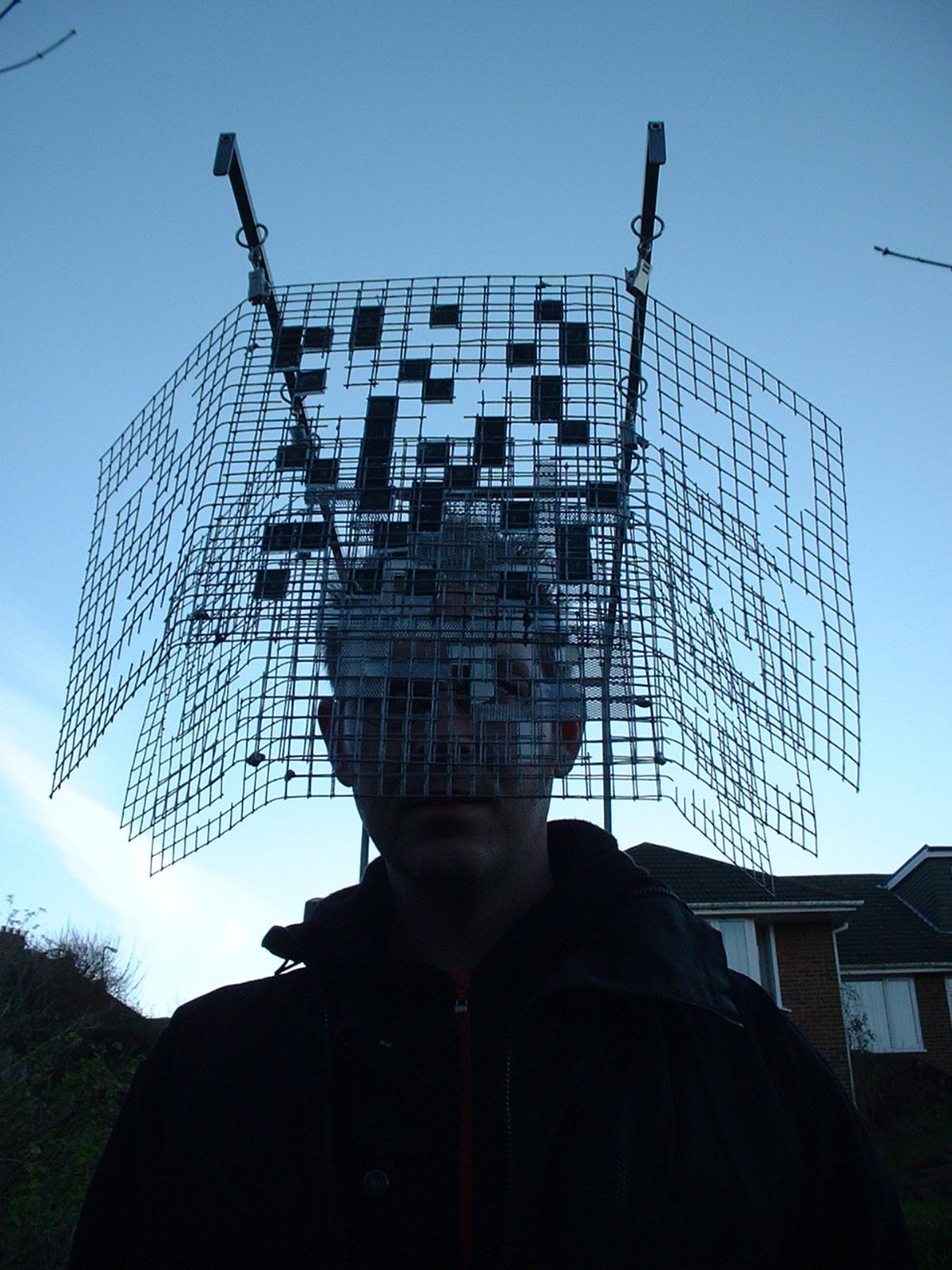Fields and Frictions / A welcoming centre @ UoB (2001/2)
2001 to 2002 was our first year teaching at the University of Brighton, and we asked students to explore ideas about architecture's relationships to landscape and society. In many ways, this year provided a "theoretical practice introduction" into ideas relevant to imagining CPUL City.
In the first part of the year, students developed physical devices and installations to gain a better understanding of what constitutes boundaries within landscape and residential areas. Some students marked the boundaries of apparently vacant open space by fixing hazard tape around their edges and erecting signs renaming vacant lawns with ideas for shared uses. Others, as in the image above, experimented with ways of imagining a more “mixed” landscape, virtually placing open space within buildings and building within open space.
In the first part of the year, students developed physical devices and installations to gain a better understanding of what constitutes boundaries within landscape and residential areas. Some students marked the boundaries of apparently vacant open space by fixing hazard tape around their edges and erecting signs renaming vacant lawns with ideas for shared uses. Others, as in the image above, experimented with ways of imagining a more “mixed” landscape, virtually placing open space within buildings and building within open space.

A device designed to simulate the experience of patchy landscapes by Stuart Richardson (image: B&V 2001)
The second part of the year dealt with a contentious policy being developed in the UK, whereby self-contained camps were planned to house refugees arriving in the UK. By being aware of this policy and, for example, visiting the Red Cross administered Sangatte refugee camp in Calais, we ask students to imagine how a small self-contained community could identify within its boundaries and beyond and gain dignity within a productive landscape.










